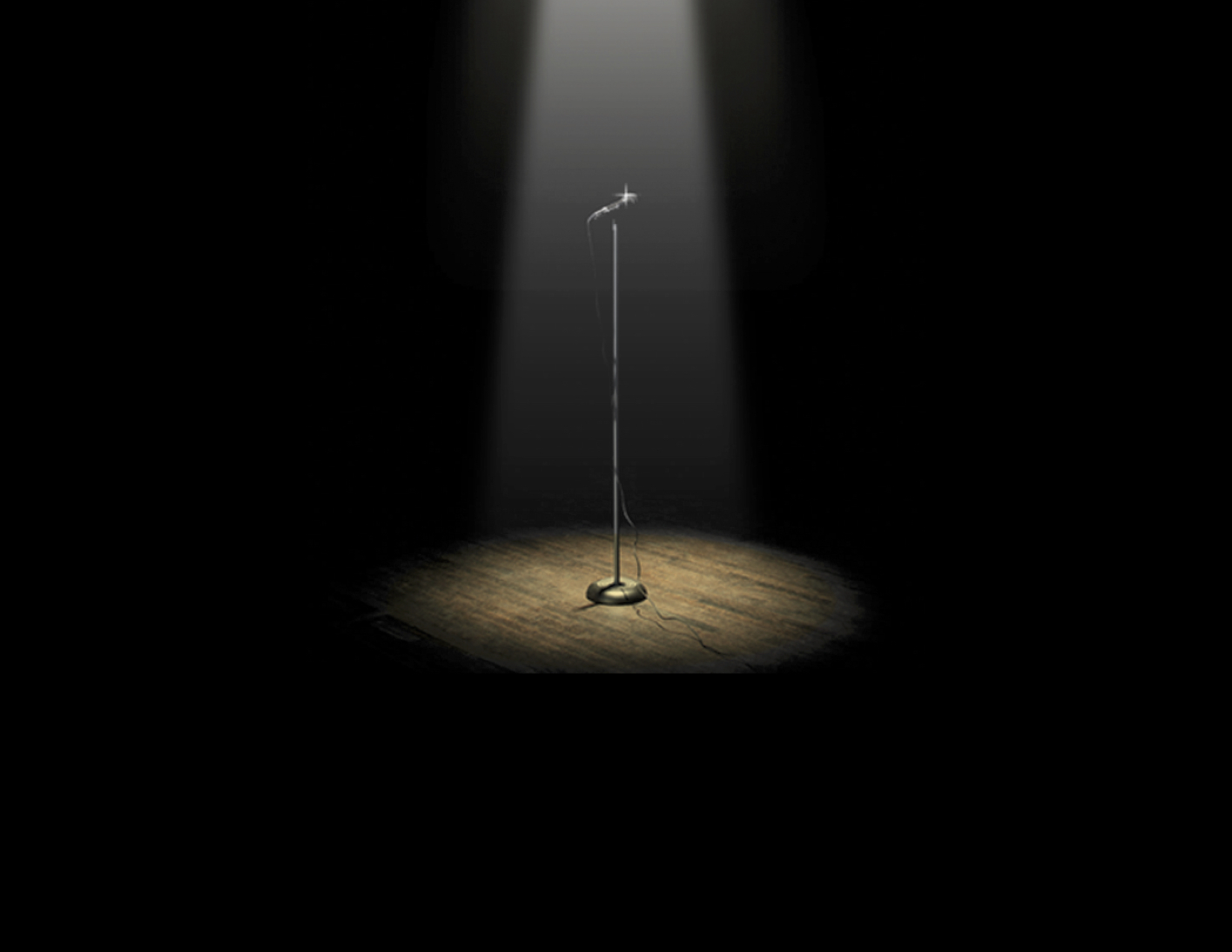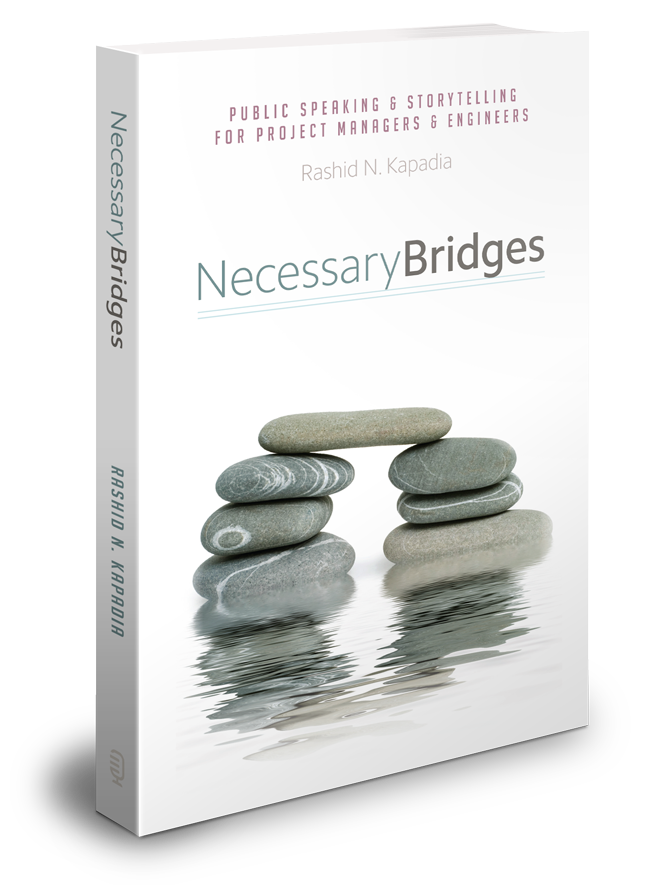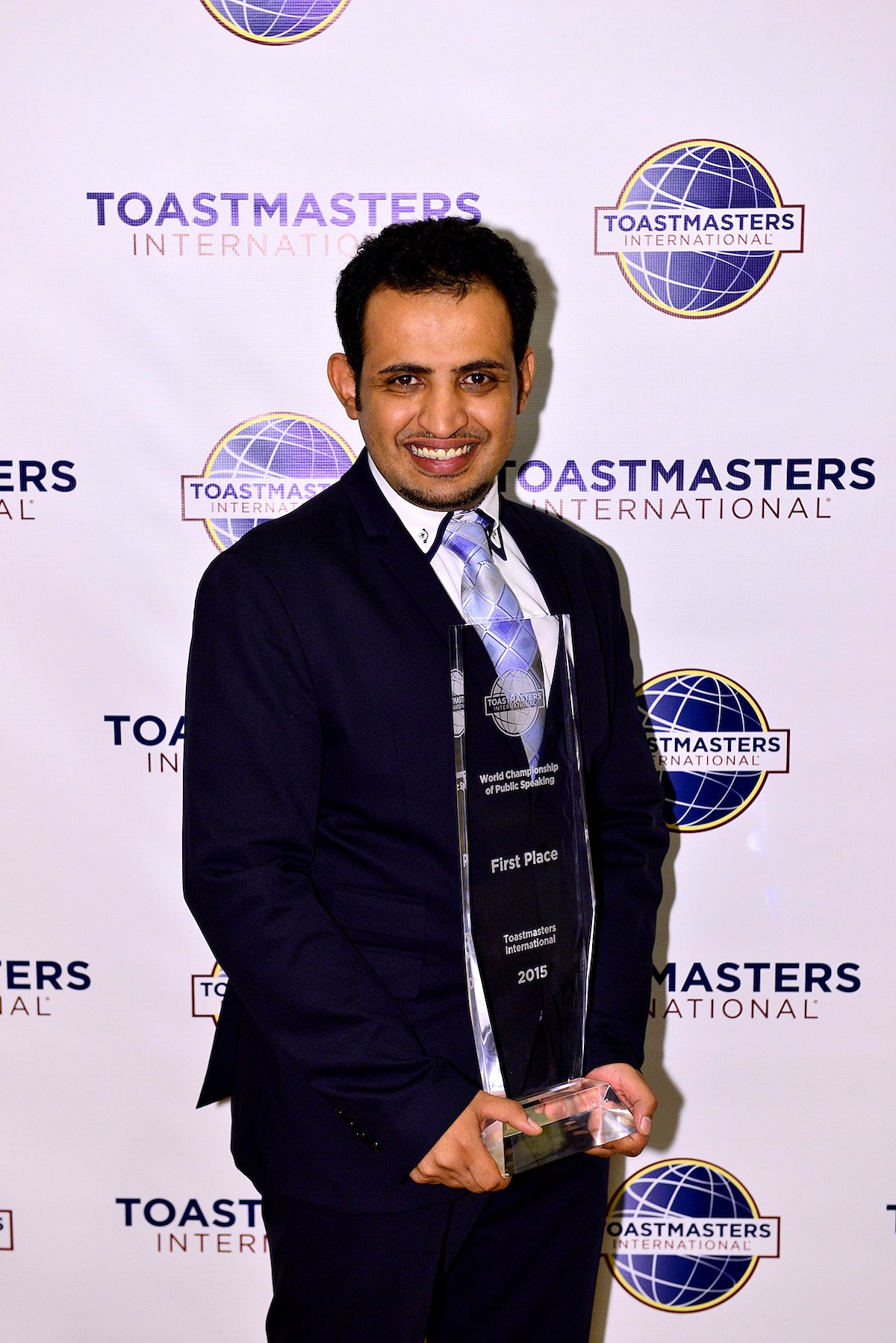In retail, restaurant and similar businesses, the advantage of ‘location’ is well understood. In the business of presentations, public speaking and oratory, ‘powerful openings’ offer the same advantage.
Successful presentation openings:
– grab the listener’s attention
– generate intellectual curiosity
– engender emotions and empathy
– produce a positive emotional connection
I enjoy looking out for unusual presentation openings. In the following examples, I have been impressed by the boldness of the speakers, the skillful use of the rule of three, or just the unusualness of the opening.
This clip has 10 such examples. There are plenty of good ideas and best practices here. Elevating your presentation openings to these levels is transformational.
Example # 1: Mohammed Qahtani: (0:10 – 1:15)
A bold opening! This was a contest speech—at the highest level. As soon as the speaker completed his opening and transitioned to the 1st point, I mentally predicted he would win. This unusual opening adeptly tied into the speaker’s core message. To fully appreciate the quality of this opening, it is best to see the entire speech. I’ve been with Toastmasters for many years, but do not recall seeing an opening quite like this.
Well-done Mr. Qahtani! Thank you for your example.
Example # 2: Narendra Modi (1:15 – 2:10)
Another bold opening! The speaker, a politician, holds silence for 30 seconds in the first 45 seconds. A very large audience is won over. I had never seen this before. Super effective.
Additionally, it is risky for a politician to address an audience as “my loving brothers & sisters”, especially in the current climate of skepticism with politicians and leaders. Nonetheless this speaker boldly & successfully pulls it off.
Congratulations on a very bold opening Prime Minister Modi!
I challenge you, the reader, to open like this sometime.
Example # 3: Darren LaCroix (2:10 – 4:40)
Yet another bold opening! This is a splendidly crafted opening, with probing questions, humor, staging, and dramatics expertly delivered. While it is effortless and enjoyable to follow the speaker, do not be misled; this sophisticated opening is chock-a-block full of best practices. This is an opening worth studying. There is a lot going on underneath the surface. The speaker is clearly a world class SME (subject matter expert).
Thank you for sharing your expertise with the world Mr. LaCroix!
Next: ‘rule-of-3’ examples. While this rhetoric device is ubiquitous in speech transitions and bodies, it is not utilized as often in speech openings. When used, it can be very effective, as demonstrated by examples 4 to 7.
Example #4: Simon Sinek (4:50 – 6:05)
In this popular TED talk—23.6 million views—the speaker opens with questions. This technique, which leads to the premise brilliantly, is an underutilized opening option that is particularly suitable for ‘new-ideas-in-business’ presentations.
Thank you Mr. Sinek for demonstrating the power of this rhetoric device.
Examples #5, #6 & #7: Barack Obama (6:06 – 8:25)
President Obama uses the rule-of-3 technique in his speech openings routinely. We see examples here from three milestone speeches. He excels in making it seem natural.
There is polish and elegance to be had by using this approach in presentation openings.
Example #8: Apple Special Event (8:25 – 10:25)
Of all the ‘presentation-opening’ examples discussed, this is my favorite. Since 1984 Apple has been at the forefront of great corporate presentations. The excellence continues here. All the ‘great-presentation-openings’ criteria have been achieved—before the speaker even steps on stage. Marvelous!
Attention captured? YES
Interested in hearing more? Curious about what’s to come? YES
Experienced positive emotions? YES
Feel connected to the Apple approach/story? YES
Well done indeed!
It is easy to predict that other corporations will either emulate this example, or fall further behind. Here is an organization boldly stating what it stands for! Very nice.
Example #9: Documentary: America: The Story of Us (10:35 – 10:55)
I have included this example because it simply jumped out at me.
Let no one ever convince you that 4 sentences and 15 seconds isn’t enough for an outstanding opening.
4 sentences in 15 seconds = mission—powerful opening—accomplished
simplicity = sophistication
Example #10: Obama 2004 DNC (11:00 – 14:15)
This speech has an unparalleled legacy.
It made a POTUS President Of The United States
Every aspiring and advanced speaker should study this speech. It is chock-a-block full of rhetoric devices and best practices.
In the opening three minutes, the speaker shares his family’s life stories, and successfully contextualizes these as quintessentially American.
It is a truly remarkable achievement! Splendid speechwriting.
Regardless of political sensitivities, if you are a serious speaker who puts your audience first, you will be doing your audience a great favor by incorporating the many rhetorical devices Obama successfully used in the 2004 DNC speech.
For reminding me about the power and magic of public speaking, thank you POTUS.
It is worth repeating: this speech made a POTUS. Without this speech, Obama wouldn’t be President. Think I’m exaggerating? Click here
Any leader who believes it is ‘not-really-necessary’ to have polished oratory skills would do well to seriously reflect.
A leader who speaks poorly or indifferently in public is a sub-par ambassador for her/his team and followers. These leaders inadvertently do a needless disservice to the reputations of their teams, their followers and themselves. Think about it … please.
Let’s bring excruciatingly hard focus to all our presentation openings.
Advantage of Powerful Opening = Advantage of Location, Location, Location.
Let’s aspire for the high standards set out in the Apple segment.
Let us be guided by their example (8:25 – 10:25)
designing a ‘speech-opening’ requires focus
the first thing we ask is
what do we want people to feel?
delight … surprise … love … connection
then we begin to craft around our intention
it takes time
there are a thousand no’s
for every yes
we simplify … we perfect
we start over … until everything we touch
enhances each life it touches
only then do we sign our work.
Thank you Apple for articulating these standards.
I wish you luck & success in all your future presentations.
Please accept this gift chapter on speech openings from my book Necessary Bridges.
______________________________________________________________________
Every engineer can be a better engineer
by being a better pubic speaker and storyteller
Every professional can be a better professional
by being a better pubic speaker and storyteller
Every citizen can be a better citizen
by being a better pubic speaker and storyteller
I help citizens, professionals, and engineers become better public speakers and storytellers. www.NecessaryBridges.com
Book Description
Necessary Bridges: Public Speaking & Storytelling for Project Managers & Engineers
Every engineer & STEM professional can articulate an engineering & STEM challenge as eloquently and inspirationally as the speaker does in the audio of this clip. At the very least, every engineer and STEM professional can aspire to do so.
STEM = Science Technology Engineering Mathematics
Audio = JFK/moon speech segment/Rice University Sept 12, 1962
______________________________________________________________________




